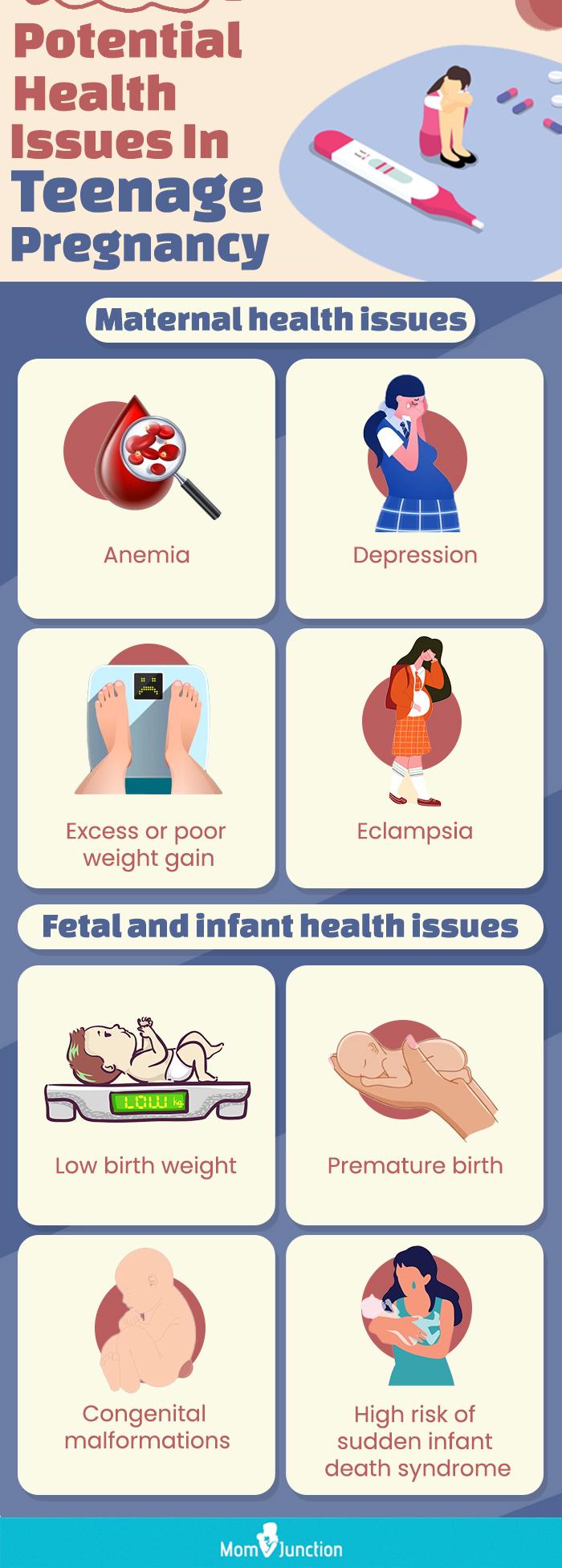
Teen Pregnancy: A Complex Problem with Lasting Consequences
Teen pregnancy, defined as pregnancy in a female under the age of 20, remains a significant public health concern in the United States. Despite a decline in rates over the past few decades, it continues to disproportionately affect certain populations, leading to a myriad of challenges for both the young mothers and their children.
Prevalence and Disparities
According to the Centers for Disease Control and Prevention (CDC), the teen birth rate in the United States has declined by 72% since 1991. However, disparities persist across racial and socioeconomic lines. In 2020, the birth rate among Hispanic teens was 27.3 per 1,000, compared to 14.4 per 1,000 among non-Hispanic white teens and 26.5 per 1,000 among non-Hispanic black teens. Additionally, teens living in poverty are more likely to become pregnant than those from higher-income households.
Causes and Risk Factors
The causes of teen pregnancy are complex and multifaceted. They include:
- Lack of access to comprehensive sex education: Many teens lack access to accurate and age-appropriate information about sexual health and contraception.
- Peer pressure and social norms: Teens may feel pressured to engage in sexual activity by their peers or by societal expectations.
- Trauma and abuse: Teens who have experienced trauma or abuse are at increased risk for early sexual activity and pregnancy.
- Limited opportunities and resources: Teens who lack access to education, employment, and other opportunities may turn to early pregnancy as a way to gain a sense of purpose or control.
Consequences for Teen Mothers
Teen pregnancy can have profound consequences for the young mothers themselves. They are more likely to:
- Drop out of school or fail to complete higher education.
- Experience poverty and economic hardship.
- Struggle with mental health issues, such as depression and anxiety.
- Have subsequent unplanned pregnancies.
- Experience health complications during pregnancy and childbirth.
Consequences for Children of Teen Mothers
Children born to teen mothers also face challenges. They are more likely to:
- Be born prematurely or with low birth weight.
- Experience developmental delays and learning difficulties.
- Live in poverty and face economic hardship.
- Have behavioral problems and engage in risky behaviors.
Prevention and Intervention
Addressing teen pregnancy requires a comprehensive approach that involves multiple stakeholders, including parents, educators, healthcare providers, and policymakers. Effective prevention strategies include:
- Comprehensive sex education: Providing teens with accurate and age-appropriate information about sexual health, contraception, and decision-making skills.
- Access to contraception: Ensuring that teens have access to a range of contraceptive methods, including condoms, birth control pills, and long-acting reversible contraceptives (LARCs).
- Support for teens and families: Providing support and resources to teens and their families, including counseling, case management, and financial assistance.
- Community engagement: Involving community organizations and leaders in efforts to reduce teen pregnancy.
Conclusion
Teen pregnancy remains a serious problem in the United States, with significant consequences for both the young mothers and their children. Addressing this issue requires a multifaceted approach that includes prevention, intervention, and support. By providing teens with comprehensive sex education, access to contraception, and support services, we can help them make informed decisions about their sexual health and avoid the risks associated with early pregnancy.